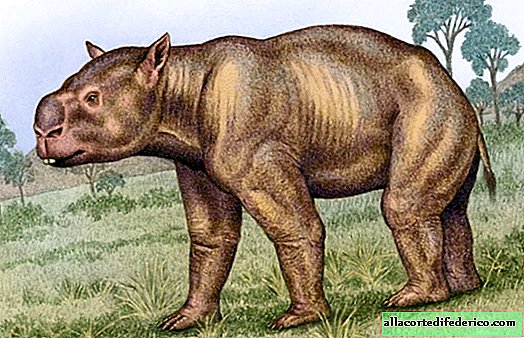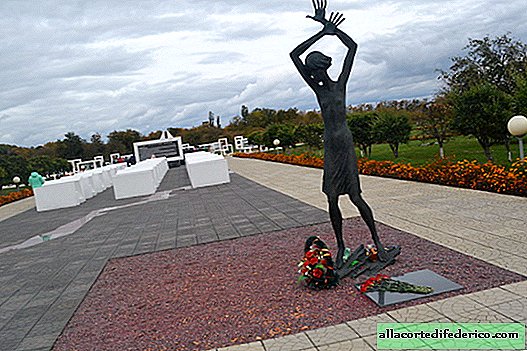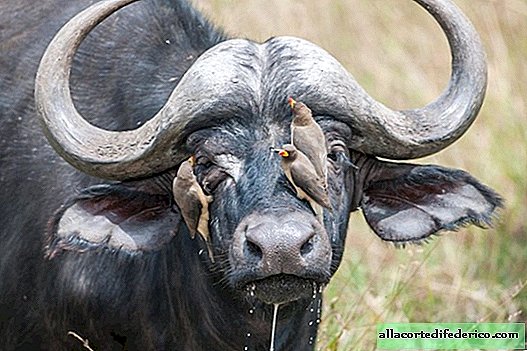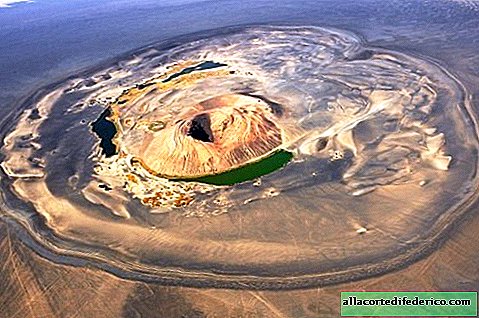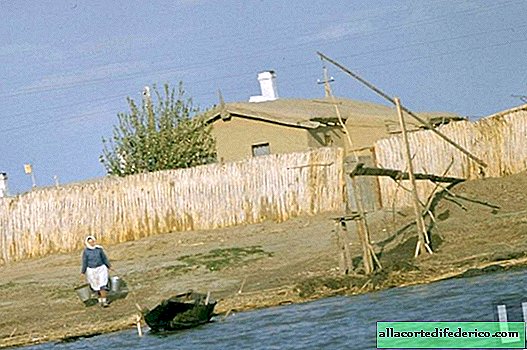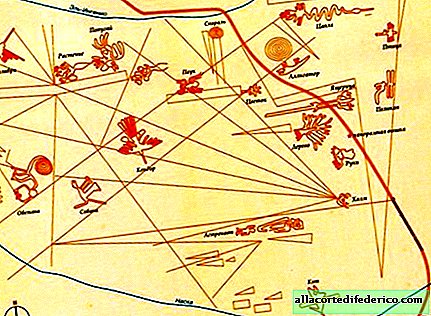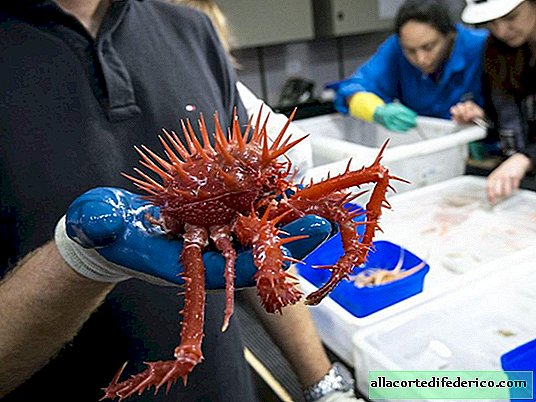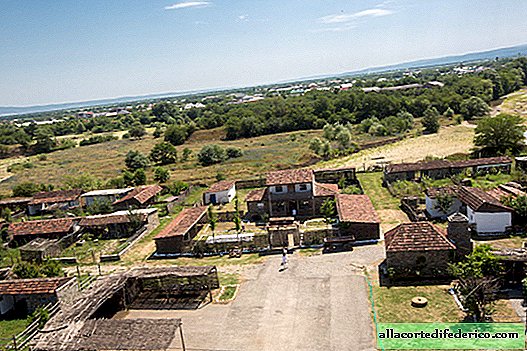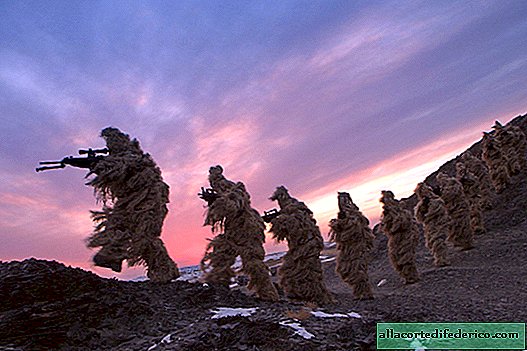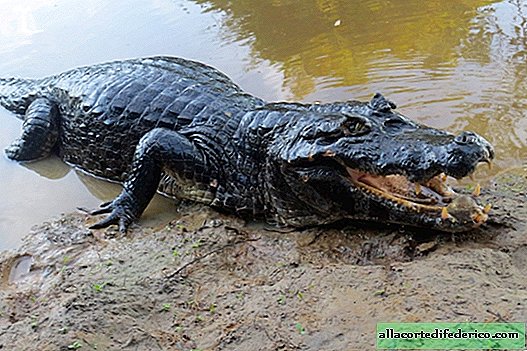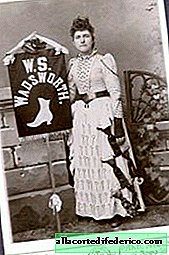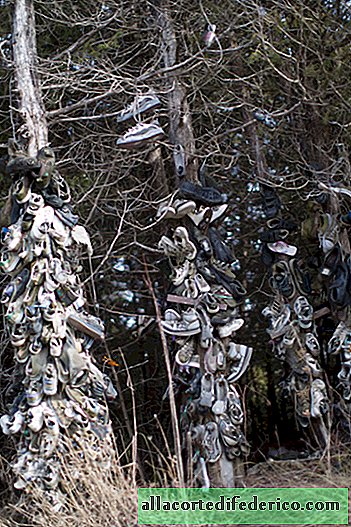Diocletian: Roman emperor who left the throne for the cultivation of cabbage
Grandson of a slave, he dreamed of the throne from childhood. Having achieved power, he established peace in the Roman Empire, became an unlimited ruler who did not even consider the senate, became famous for the cruel persecution of Christians. And at the age of about 60, he retired from all business and went to grow cabbage.
What did the great emperor remember?
The riddle of the ancestors of Diocletian
 Diocletian's Head
Diocletian's HeadFulfilled Prophecy
According to legend, one representative of the Druids guessed Diocletian that he would become emperor when he killed the boar (Latin: aper). Emperor Kar, accompanied by Diocletian, died during a Persian campaign. And the son, Kara, Numerian, who was on the same campaign, was put to death by the prefect Arri Apr. Apra was shackled, and Diocletian was proclaimed emperor. Diocletian pierced Apra with a knife. So he killed the boar. And he became emperor in 284.
Tetrarchy of Diocletian
Realizing that the empire is too huge to manage it independently, Diocletian decided to divide the power. He "divided" the empire into western and eastern parts. At the head of the east he stood, Diocletian. And Maximian, an old friend of Diocletian, began to lead the western part since 286. They began to be called "augusts." After 7 years, the Augustans decided that “Caesars” should be appointed to replace them if they died. Thus came the tetrarchy (the power of four).
 Sculptural composition "Tetrarchs", IV c. AD Now mounted in the Cathedral of San Marco, Venice
Sculptural composition "Tetrarchs", IV c. AD Now mounted in the Cathedral of San Marco, VeniceThe introduction of the tetrarch institute at that time had a very specific goal: to establish peace in the vast Roman Empire. The fact is that during the crisis of the third century, the killing of emperors was commonplace. The ruler’s death was followed by a long period of civil strife, when different groups tried to seize power. The tetrarchy solved this problem: the death of one tetrarch would not have caused a political vacuum and instability.
While Diocletian was alive, the new device functioned well. However, almost immediately after his death, the tetrarchy began to crack at the seams: the rulers constantly quarreled among themselves and could not find a common language. And although later the tetrarchy will survive reunification under the rule of Constantine, nevertheless it was this period that marked the beginning of the further division of the empire into Western and Eastern.
Persecution of Christians
 JL Jerome "The Last Prayer of Christian Martyrs"
JL Jerome "The Last Prayer of Christian Martyrs"Diocletian rightfully took one of the most important places in the history of Christianity. There he was forever remembered as the initiator of the Great (and last in Roman history) persecution of Christians. The emperor was a follower of the traditional Roman cult and revered the pantheon of gods. But what caused the most terrible persecution is not entirely clear: in the early years of Diocletian's reign, Christians peacefully coexisted with other religions. Recent years have been marked by terror and horror of Christian deaths. However, instead of destroying the Christian faith, persecution, on the contrary, only strengthened the position of the church.
Diocletian and the garden
 Diocletian's Palace in Split (Croatia), where he went after resignation
Diocletian's Palace in Split (Croatia), where he went after resignationThe Roman emperor retired in 305. His place was taken by Caesar Galerius. Diocletian left for his palace in Split (on the territory of modern Croatia), where he probably engaged in the cultivation of vegetables. When Maximian in a letter invited him to return to politics, Diocletian replied that if he saw what kind of cabbage he managed to grow in his garden, then he himself would have understood the impossibility of accepting his proposal. Diocletian died in 311.


